Things to buy in Korea include traditional crafts, skincare, snacks, and pop culture collectibles found across the country. South Korea is located in East Asia, sharing borders with North Korea and surrounded by the Yellow Sea and the Sea of Japan. It is well-known for its cultural heritage and globally recognised beauty and tech industries. Tourists exploring Seoul, Busan, or Jeju often look for meaningful souvenirs. Shopping options range from department stores to traditional markets. Many regional items reflect Korea’s unique craftsmanship. These carefully selected goods can serve as lasting memories or thoughtful gifts.
Explore The Top 10 Things To Buy In Korea
Here are the most popular things to buy in Korea, each carrying cultural value and practical appeal for travellers.
1. Korean Skincare Products

Photo: BEAUDEC / Pexels / Image For Representation Only
Korean skincare stands out globally for combining innovation with time-tested ingredients such as snail mucin and ginseng. The 10-step routine has gained global popularity for offering effective results at affordable prices. Beauty enthusiasts exploring the best things to do in Korea often start by visiting skincare stores in Seoul’s busy shopping districts. These products not only enhance skin health but also reflect Korea’s focus on self-care and cosmetic research. Buying items such as sheet masks or ampoules is a practical and enjoyable experience.
Where To Buy: Myeongdong and Olive Young
Key Features: Dermatologically tested, innovative ingredients, affordable luxury
2. Hanji Products
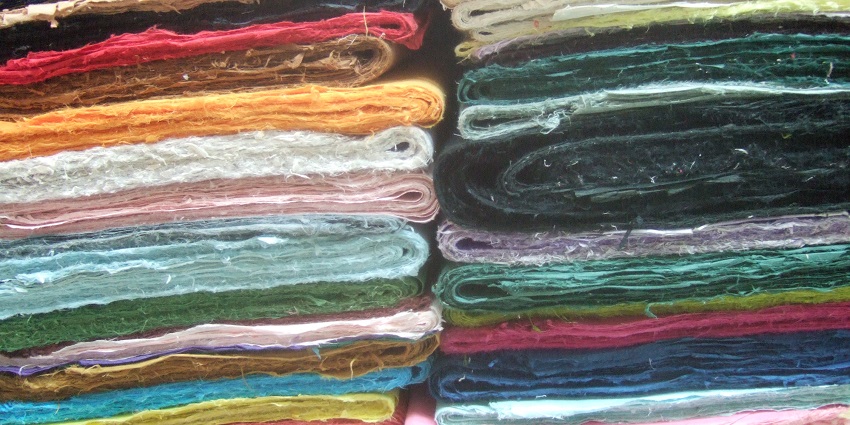
Photo: : Jared / Wikimedia Commons
People value hanji, made from mulberry bark, for its strength and long life. Artisans shape it into household goods, stationery, and décor that reflect traditional Korean design. Buying hanji products supports sustainable practices and keeps centuries-old skills alive. In Jeonju and Insa-dong, visitors can watch craftsmen prepare and mould paper in dedicated studios. Many travellers bring back items made of hanji as thoughtful gifts. These products blend practical use with artistic appeal and reflect Korea’s attention to quality materials and handmade craftsmanship.
Where To Buy: Jeonju Hanok Village, Insa-dong
Key Features: Handmade, eco-conscious, long-lasting
3. Najeonchilgi
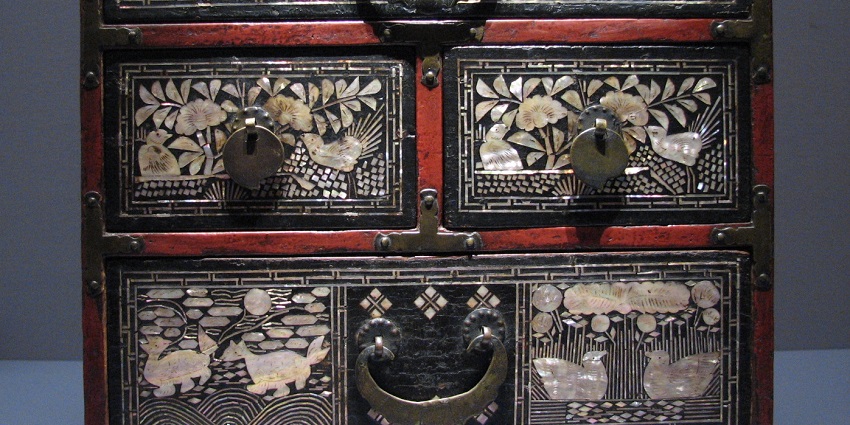
Photo: Sarah Kim / Wikimedia Commons / Image For Representation Only
Najeonchilgi is a traditional art involving mother-of-pearl inlay on wood, finished with natural lacquer. Each piece reflects high craftsmanship passed down from the Goryeo period. Today, specialty stores sell jewelry boxes, trays, and small furnishings made using this technique. Buying Najeonchilgi supports artisans preserving time-honoured methods. Their intricate patterns and rich colours make these items highly appreciated. Many collectors value them not only as home décor but also as cultural keepsakes that reflect Korea’s historic appreciation for detail and elegance.
Where To Buy: Insadong, Gyeongju specialty stores
Key Features: Handcrafted, intricate design, cultural heritage
4. Korean Handcrafted Fans
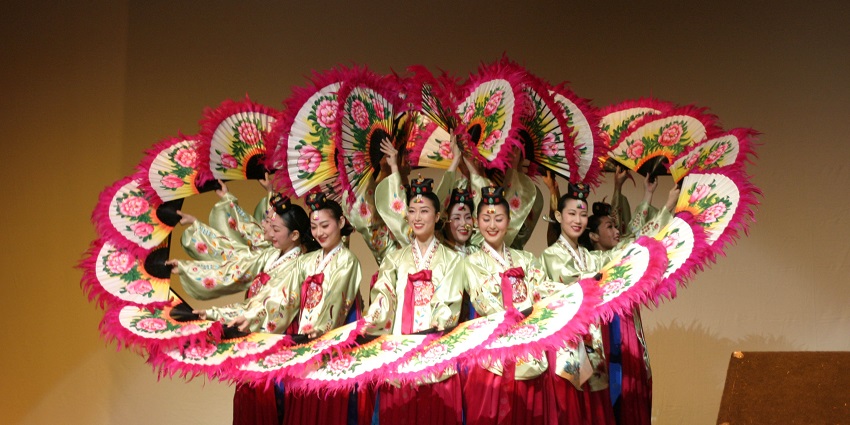
Photo: photoren / Wikimedia Commons / Image For Representation Only
Artisans construct Buchae, traditional Korean fans, with bamboo frames and decorate them with hanji or silk. Historically used during ceremonies or everyday life, they now serve decorative roles. Each fan often includes painted scenes that represent Korean customs and values. Observing skilled artisans design these fans is among the things to see in Korea that offer a glimpse into heritage crafts. Their portability and artistry make them popular souvenirs. Many travellers collect them as reminders of local history and the practical beauty of traditional designs.
Where To Buy: Namdaemun Market, Gwangjang Market
Key Features: Traditional motifs, handmade cultural symbolism
5. Omegi-tteok
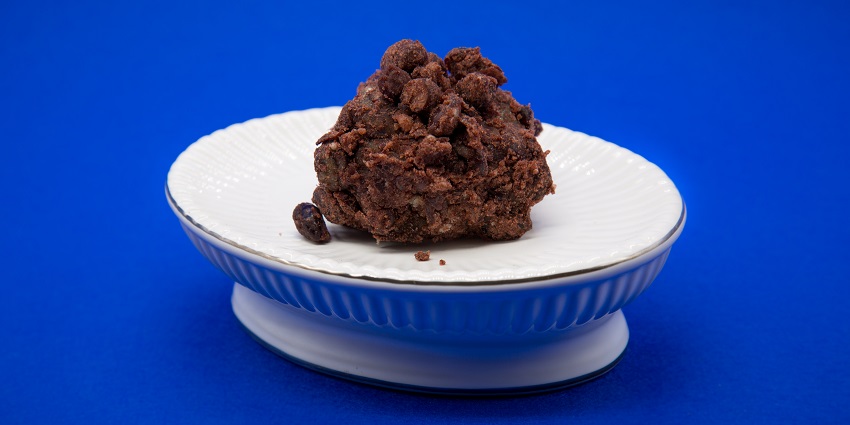
Photo: 3hrAgency / Wikimedia Commons / Image For Representation Only
Omegi-tteok is a Jeju Island delicacy prepared from glutinous rice, mugwort, and a red bean filling. Traditionally associated with regional rituals, these rice cakes are now a staple of Jeju’s local treats. Their texture is soft, with flavours that reflect simple yet thoughtful preparation. People often buy Omegi-tteok fresh, neatly boxed for gifts or travel snacks. Local dessert shops provide insight into this island’s culinary practices. Visitors enjoy learning how local ingredients influence regional flavours, adding depth to their experience of Korean food culture.
Where To Buy: Jeju local markets and traditional dessert shops
Key Features: Fresh, regional specialty, soft texture
6. K-pop Merchandise
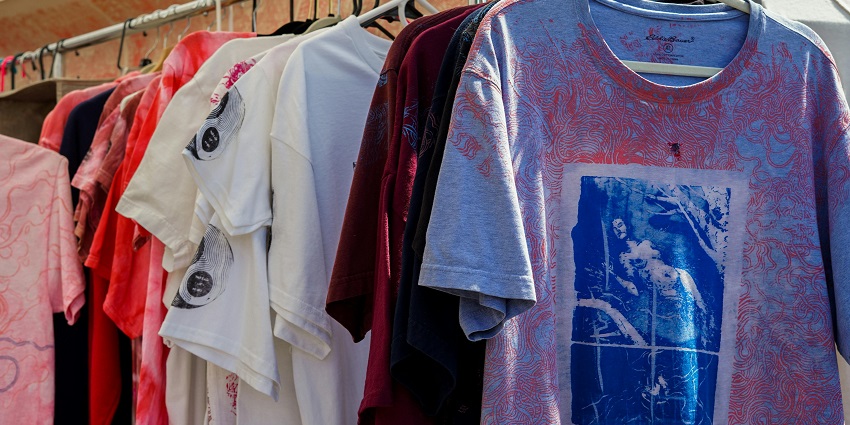
Photo: Anastasiya Badun / Pexels / Image For Representation Only
K-pop merchandise appeals to fans who follow Korean pop culture closely. Items include albums, posters, accessories, and light sticks linked to popular groups. These souvenirs connect visitors to their favourite idols and music. Stores such as KTown4U stock exclusive items found only in Korea. Collecting official merchandise has become a meaningful part of many travellers’ plans. For enthusiasts of Korean entertainment, browsing and buying these goods reflects the impact of Hallyu and adds a personal touch to their journey through music and fan culture.
Where To Buy: KTown4U, SMTOWN &STORE, music shop chains
Key Features: Official, collectible, idol-specific
7. Kakao Friends Character Goods
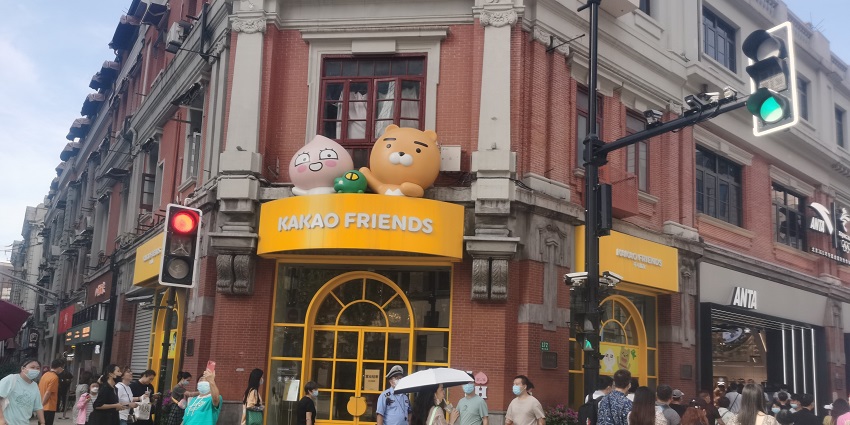
Photo: Shwangtianyuan / Wikimedia Commons / Image For Representation Only
Kakao Friends merchandise includes toys, bags, and accessories based on KakaoTalk’s signature characters such as Ryan and Muzi. These characters are loved by people of all ages for their quirky personalities. Visiting a themed store ranks high among what to do in Korea, especially for families or casual shoppers. The stores themselves offer themed sections and exclusive designs. Products are playful and practical, often used daily. Buying these character goods creates a fun experience and allows visitors to bring home part of Korean pop culture.
Where To Buy: Kakao Friends flagship stores in Seoul and Busan
Key Features: Branded, character-themed, broad product range
8. Korean Tea Utensils
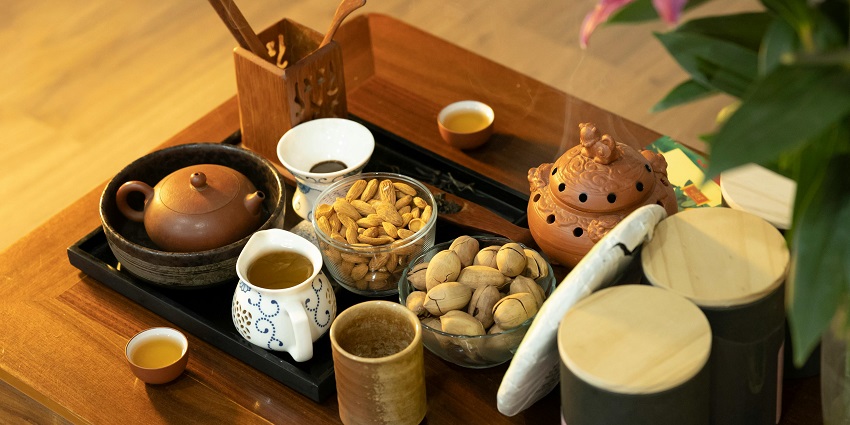
Photo: HONG SON / Pexels / Image For Representation Only
Craftspeople make traditional Korean tea utensils from ceramics, bamboo, and wood, reflecting Korea’s attention to detail in tea culture. From celadon teapots to porcelain cups, each item enhances the tea-drinking process. These utensils often become cherished heirlooms, representing warmth and social connection. Shops in areas such as Insadong offer handcrafted sets used in ceremonies or everyday life. Buying tea tools gives visitors a practical way to experience Korea’s approach to mindful consumption and hospitality through aesthetics and tradition.
Where to Buy: Traditional teahouses, Insadong antique stores
Key Features: Ceremonial use, crafted materials, functional design
9. Bangjja
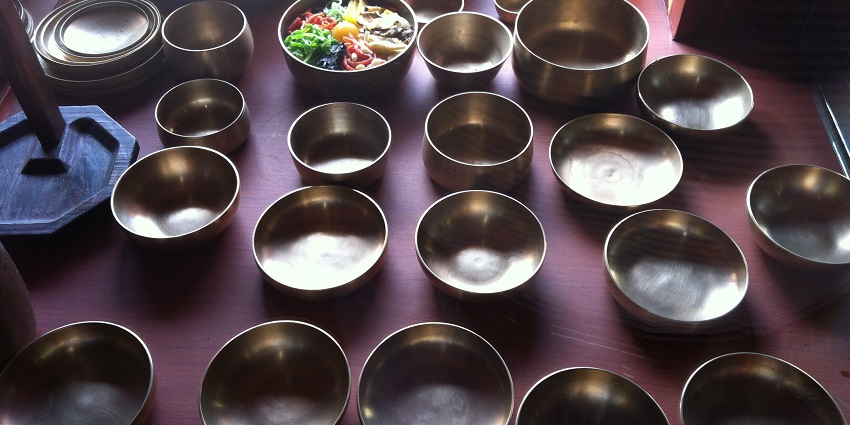
Photo: solanee / Wikimedia Commons
Bangjja, also called Yugi, is a traditional bronze tableware known for its health-friendly properties. It resists bacteria and retains heat, which made it popular in royal kitchens. Today, Bangjja remains in use at high-end restaurants and homes that value traditional cooking tools. Each item, whether a bowl or spoon, is shaped by hand and polished for durability. Those interested in cooking or interior design often choose Bangjja. It connects visitors to Korea’s heritage of refining practical objects into timeless tableware.
Where to Buy: Bangjja stores in Andong and Gyeongju
Key Features: Durable, antibacterial, royal heritage
10. Dak Paper Dolls
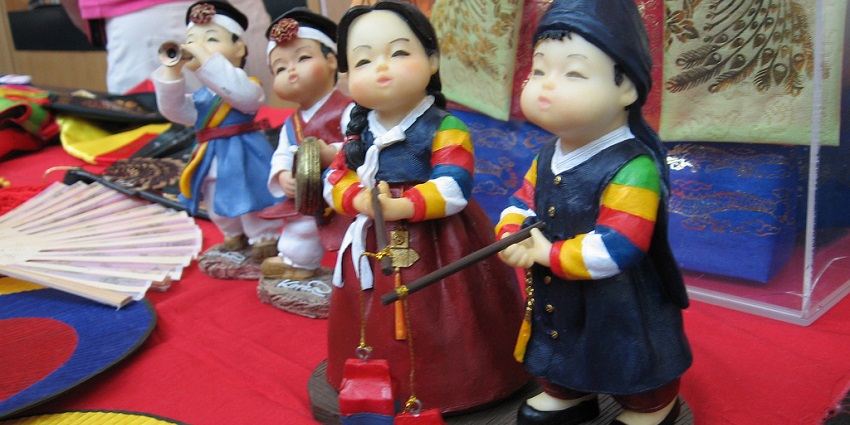
Photo: Samuraijohnny / Wikimedia Commons
Dak paper dolls are miniature figures made from mulberry-based paper and dressed in hanbok. These handcrafted dolls represent historical figures, folktale characters, and everyday scenes from Korean life. Each piece involves careful painting and styling, making them attractive collectibles. Visitors often pick them up at folk museums or craft shops as cultural souvenirs. Some use them for educational displays or gifts. Buying Dak dolls provides a tactile connection to Korea’s storytelling traditions and supports artisans who keep these detailed paper crafts alive.
Where To Buy: Folk museums, craft stores, Bukchon Hanok Village
Key Features: Handmade, traditional costume, collectible
Things to buy in Korea reflect centuries of craftsmanship and present-day innovation. Traditional items such as hanbok, pottery, and calligraphy supplies offer insight into Korea’s heritage, while K-pop albums, skincare products, and fashion pieces appeal to those drawn to contemporary trends. Regional specialties such as Jeju chocolates or Gwangju ceramics provide distinct memories tied to each destination. Exploring markets and boutique shops gives travellers a deeper connection to Korean culture. Plan your Korea trip with TripXL to discover more souvenirs and travel tips tailored to your interests.
Cover Photo: riNux / Wikimedia Commons / Image For Representation Only


 WhatsApp
WhatsApp
 Twitter
Twitter









